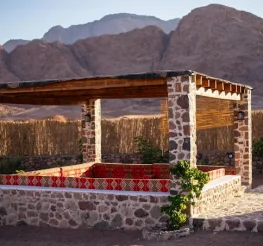A Trip to Birqash Camel Market: A World of Wonders that Tells the Story of Old Egypt
Birqash Market Giza Photography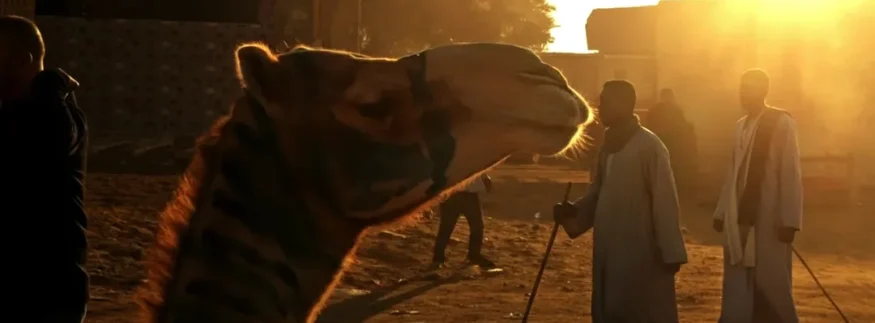
Farah Nagy
Images by Kareem El Bana
Trips that make you discover the real Egypt don’t always take place in museums or temples. Sometimes, they take place in the heart of a simple market, full of dust, sounds, arguments, laughter, and amazement.
In the village of Birqash in Giza Governorate, you can spend an entire day at the most famous and oldest camel market in Egypt and the Arab world, to experience a unique aspect of our Egyptian heritage.
Between the Past and Present
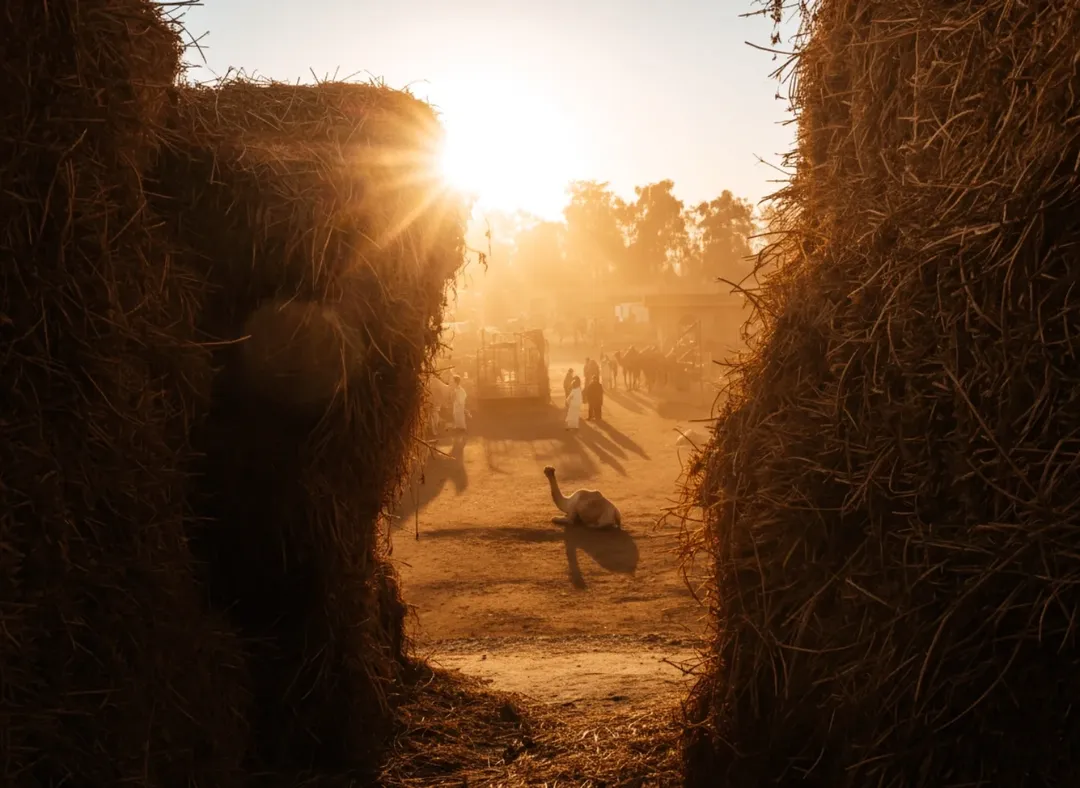
This market has a long history. It started in Imbaba, then moved to Al-Barajil, and settled in the village of Barqash in Giza in 1995. Since then, it has become a destination for camel traders from across Egypt and from African countries such as Sudan, Kenya, Djibouti, and Somalia.
From the moment you enter the market, you feel like you’ve travelled back in time. The 25-acre site is filled with a mix of traders’ voices, camels’ footsteps through the dust, and the smell of mud and sun.
The Ins and Outs of the Market
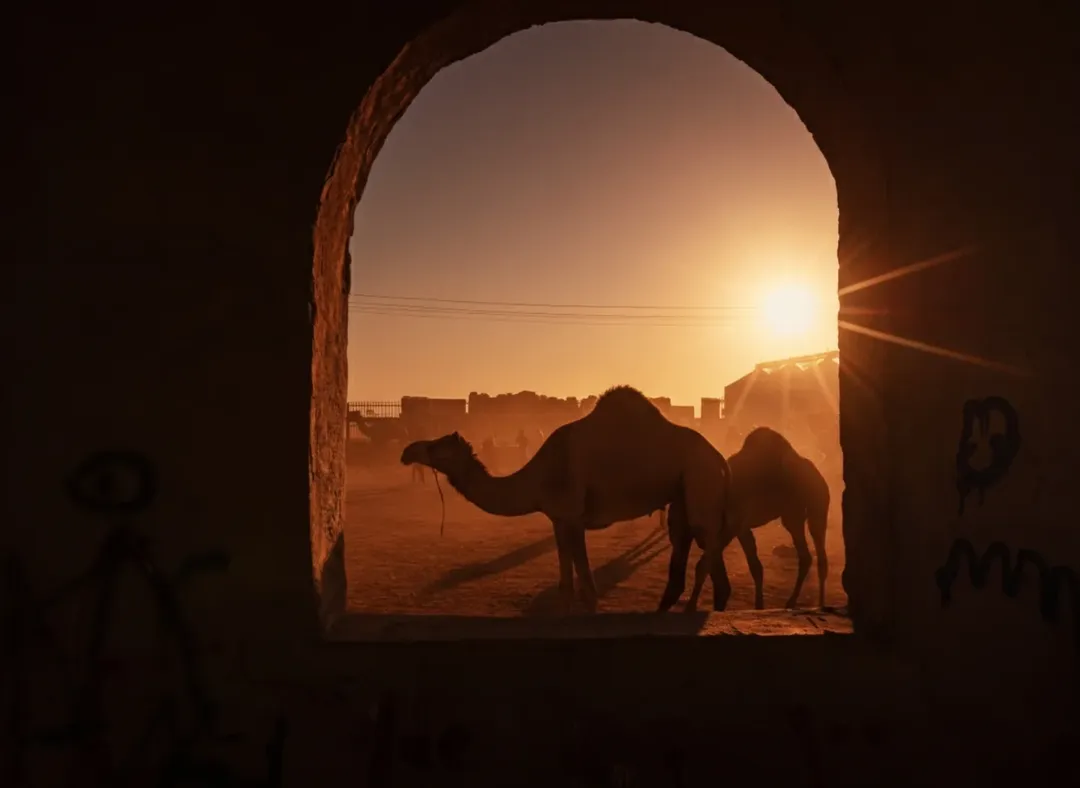
Every Friday and Sunday, the market is at its busiest. Traders arrive at dawn, each with their eyes on a particular camel. Sales are conducted by auction, and their voices fill the space.
Among the stories that visitors hear, you will find a merchant proudly saying, “These camels, sir, came from Sudan on Darb al-Arbaeen, forty days of walking through the desert until they arrived here. This market has never stopped; it has always witnessed these journeys.”
Indeed, camels travel thousands of kilometres along an ancient road called Darb al-Arbaeen, from Omdurman in Sudan to Aswan, and then take buses to Birqash Market. The whole scene makes you feel like you’re watching a live documentary.
The Photographer Who Told the Market’s Story in Pictures

But Birqash isn’t just for traders. The market has also become a destination for photography enthusiasts looking for an unconventional, free, and energetic outing. Among them is professional Egyptian photographer Kareem El bana, who spent an entire day documenting life in the market through his lens.
Kareem’s Photography Documentation of Birqash Market

Kareem captured the moments we sometimes miss: the glances of the merchants, the breath of the camels as they move, the moment of the auction, and the laughter of a child watching the scene for the first time.
With his photographs, Kareem presents the market as an open-air museum, with details that cannot be replicated. Every shot tells a story, and every camel appears in the photographs as if it were a witness to a long history of travel and trade.
Authorities Handling Animal Cruelty
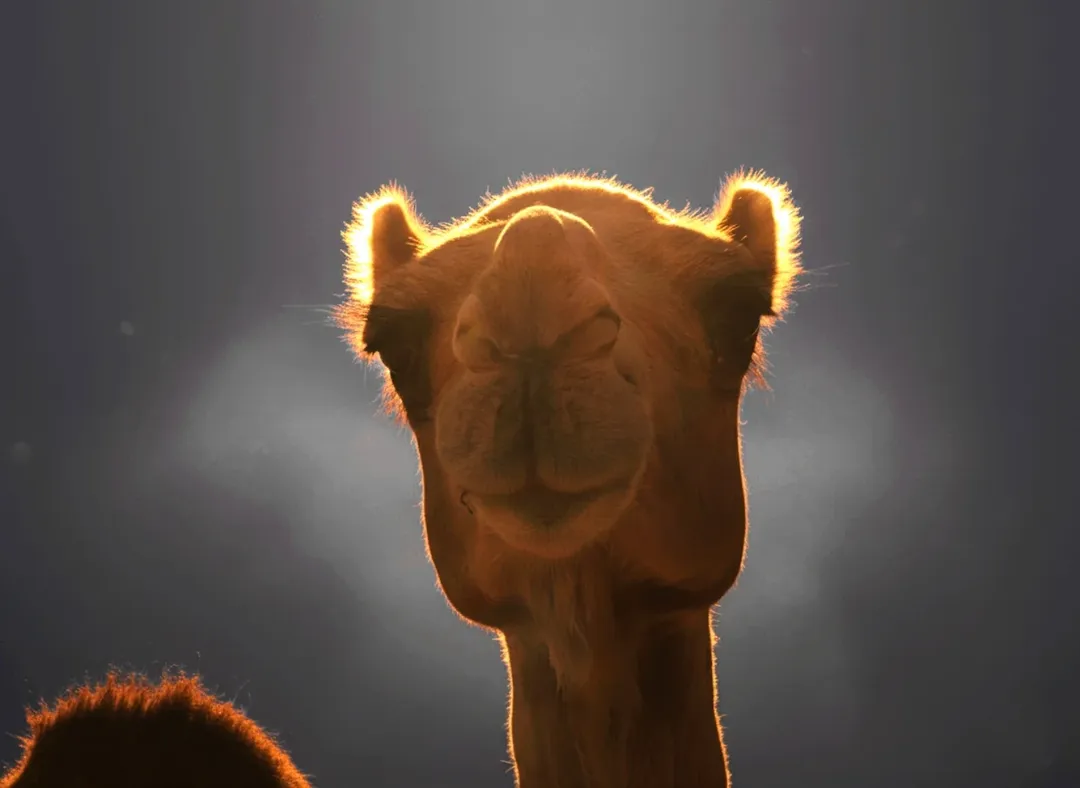
The market is also subject to strict veterinary oversight, especially since Ministry of Agriculture reports indicate that up to 150,000 camels are traded there annually. This makes it not only the oldest but also the largest market of its kind in the Middle East.
Dr Sayed Khalifa, head of the Agricultural Union, says that camel meat has become an essential economic option for lower-income groups, not only because it is cheaper but also because it is rich in nutrients and low in fat.
Preserving the Market and Camels Alike
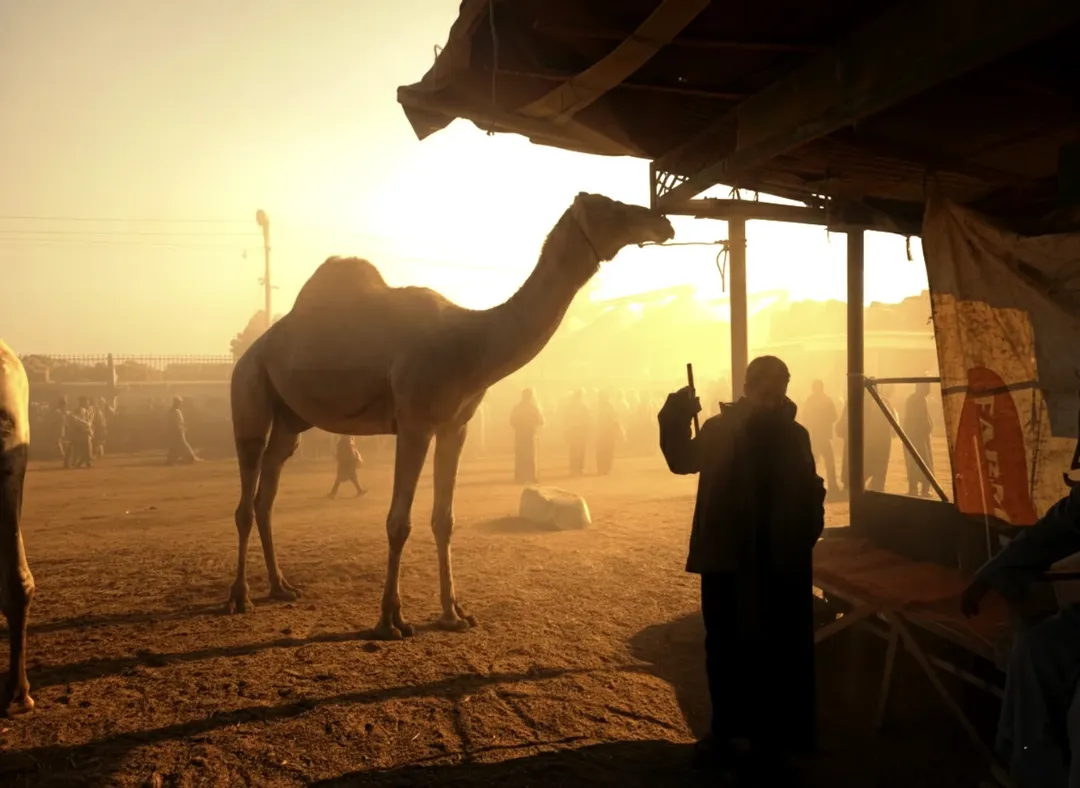
Although some associations have criticised the way animals are treated in the market, authorities have continued to monitor and tighten controls to preserve the market’s traditional character without harming the animals.
Why You Should Visit
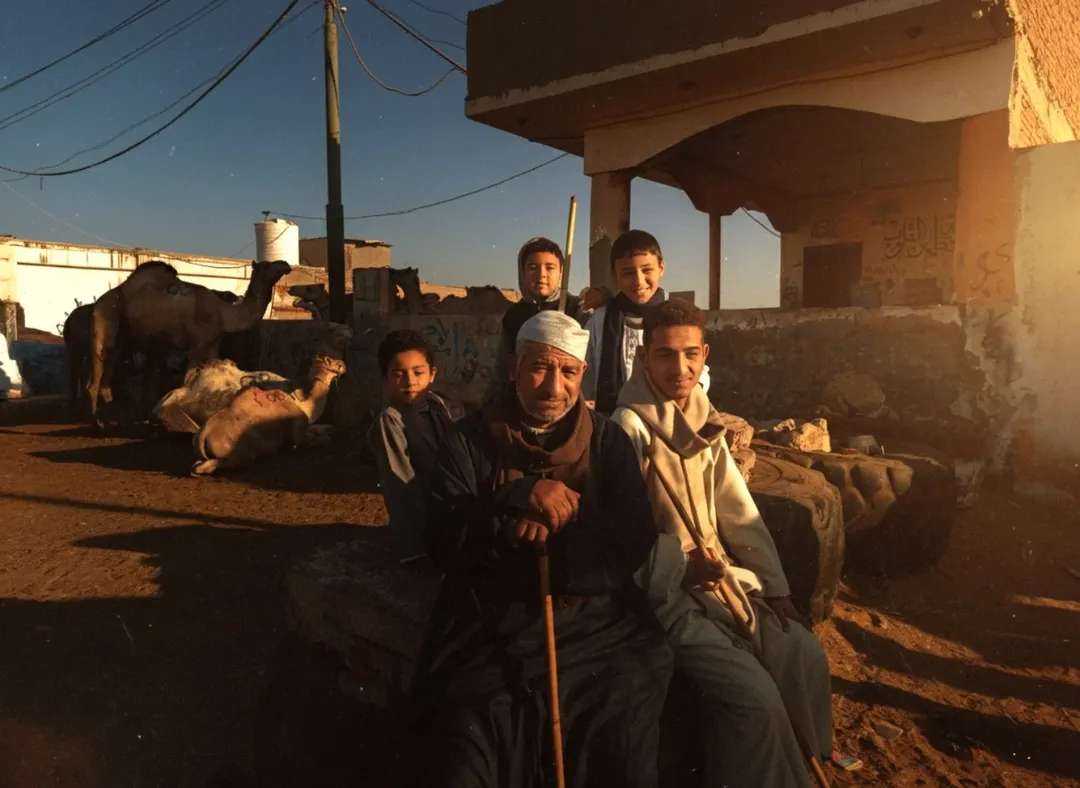
Birqash Market is undoubtedly more than just a place to buy and sell. It’s an authentic Egyptian experience, full of life and warmth, and a history that’s renewed every week. If you love photography, heritage, or are looking for a unique, free outing, this market will offer plenty of stories to tell.
Pro Tips for Visitors
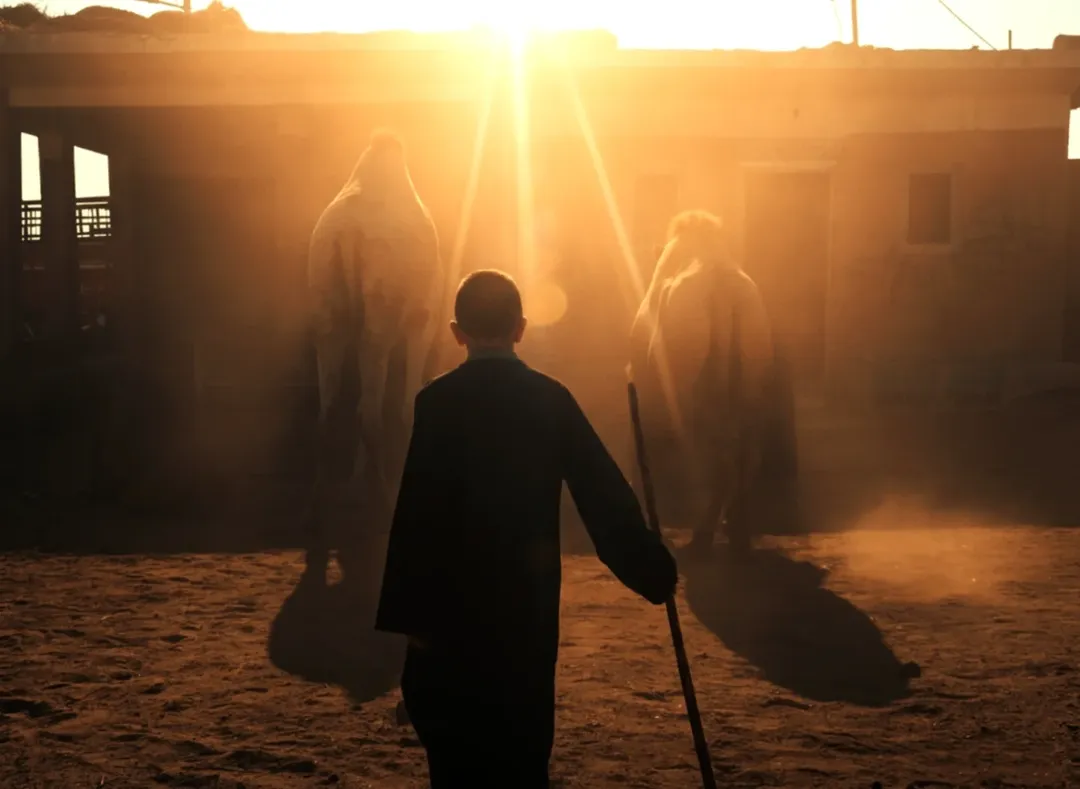
If you’re intrigued and planning to visit soon, here are some tips: the market is only open on Fridays and Sundays, and it’s best to arrive early before the rush. Entrance is free, but be careful with your belongings amidst the crowds. If you plan to take pictures, respect people’s privacy and ask for permission before taking photos.
Clothing should be comfortable and straightforward, and since the area is dusty, choose appropriate, comfortable shoes. After your visit, you can visit Saqqara or the Pyramids of Giza, and end your trip with an authentic Egyptian meal in Giza.
recommended
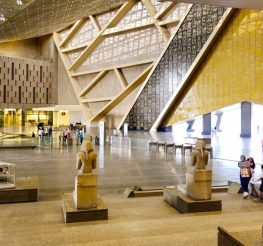 Arts & Culture
Arts & Culture
Top Featured Artefacts Worth Visiting at the Grand Egyptian Museum
GEM GEM Artefacts +5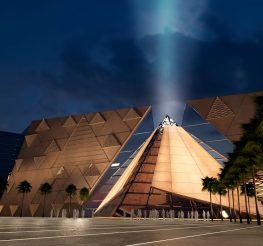 Arts & Culture
Arts & Culture



